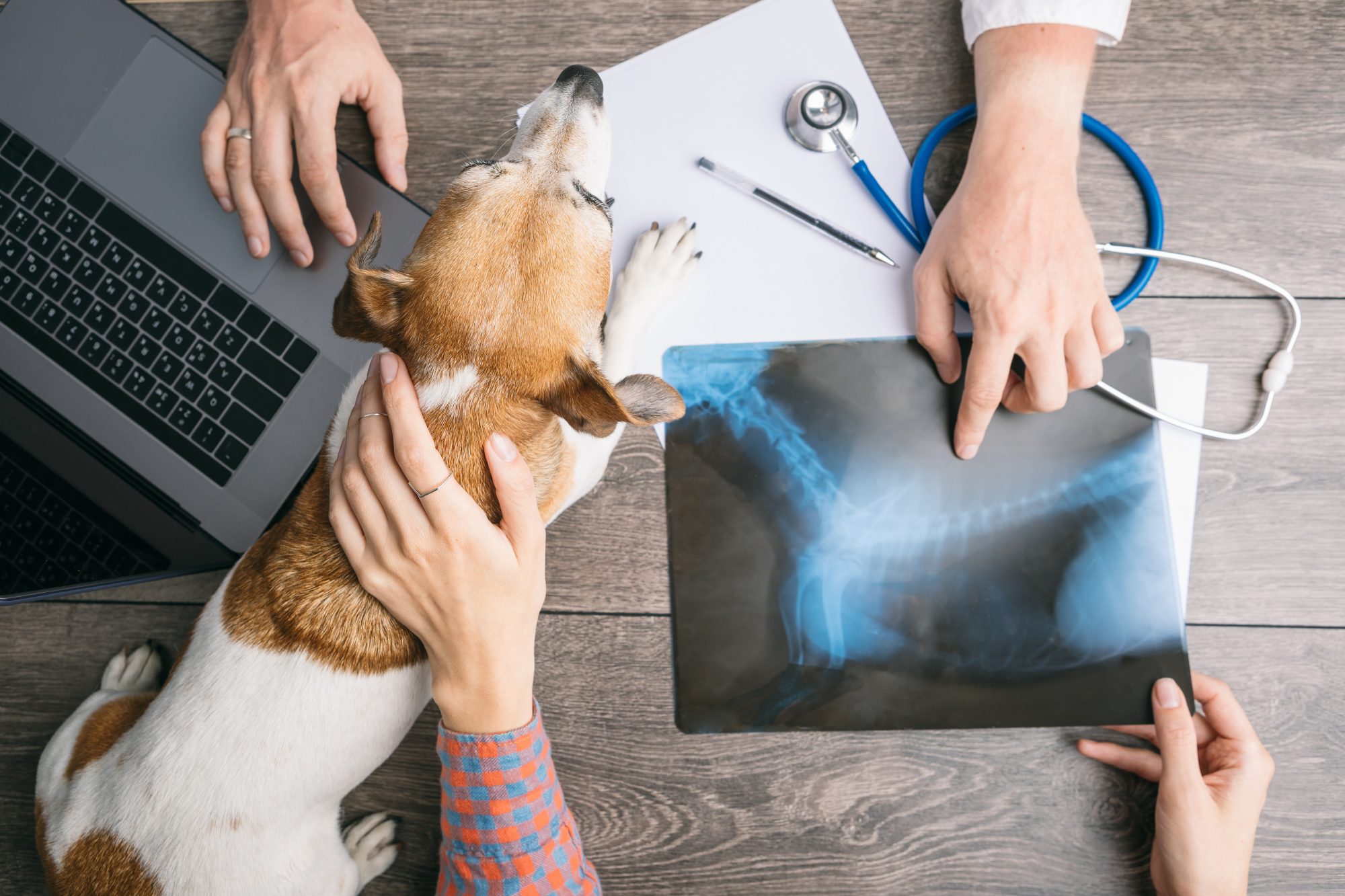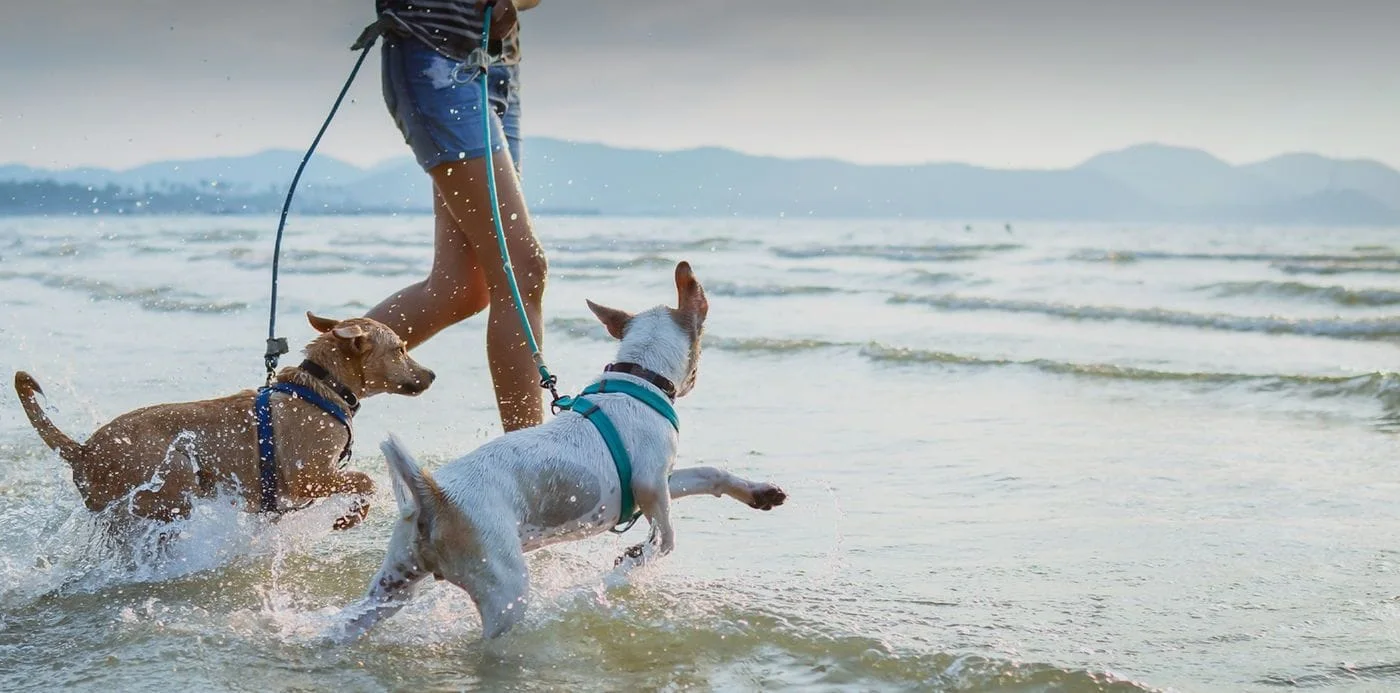Everything About Vet Surgery: Recognizing the Significance of Expert Look After Your Family pets
Veterinary surgical treatment is an essential component of pet dog medical care. It encompasses different treatments, from regular optional surgical procedures to immediate interventions. Understanding the details of these surgical procedures can help animal proprietors make informed choices. The prep work, execution, and recovery phases are essential for ensuring the wellness of animals. With correct knowledge, proprietors can navigate the complexities of veterinary care. What variables should be thought about before a pet dog undergoes surgery?
Kinds of Vet Surgeries
When a family pet calls for surgical treatment, understanding the different types of veterinarian surgical treatments can assist family pet owners make informed choices. Vet surgical treatments can be extensively classified right into three major kinds: elective, immediate, and emergency situation surgeries. Elective surgical treatments, such as spaying or neutering, are planned treatments that are not instantly lethal. Immediate surgical treatments, like those for foreign body removal, need to be executed quickly however are not serious in the minute. Emergency surgical procedures, such as those attending to serious injury or interior bleeding, are crucial and require prompt attention.Additionally, surgeries can differ in intricacy, ranging from minimally intrusive laparoscopic procedures to more considerable open surgical treatments. Each kind of surgical procedure lugs its very own threats and healing procedures. Recognizing these categories allows animal proprietors to take part in significant discussions with vets, bring about better results for their precious family pets.
Getting ready for Your Pet dog's Surgical procedure
Getting ready for a family pet's surgery includes a detailed list to guarantee all essentials are covered. Efficient communication with the veterinarian is crucial for recognizing the treatment and any type of necessary pre-operative actions - tplo surgery. Additionally, having clear post-operative care instructions will help owners supply the most effective support for their recouping animals
Pre-Surgery List Essentials
Ensuring a smooth surgical experience for a family pet requires careful prep work and focus to detail. A pre-surgery list is important for family pet proprietors to comply with. Initially, verifying the scheduled surgery date and time is essential. Owners need to likewise confirm that their pet has not eaten according to the vet's guidelines, usually for 8-12 hours prior to surgical treatment. Collecting necessary medical records, consisting of inoculation history, is essential for the veterinarian's evaluation. It is likewise suggested to prepare a comfy room in the house for the animal's recuperation after surgical procedure. Ultimately, proprietors should have a plan for transportation to and from the veterinary center, ensuring that the pet dog is protected and comfy throughout the trip. Adhering to these actions can substantially improve the medical experience.
Connecting With Your Vet

Efficient communication with the vet is vital for an effective medical experience for pets. Owners ought to be prepared to review their animal's medical background, consisting of any type of pre-existing problems, drugs, and allergic reactions. This information aids the vet evaluate dangers and customize the medical strategy as necessary. Furthermore, family pet proprietors need to ask inquiries concerning the treatment, anesthesia, and anticipated results to assure they completely understand the process. Clearing up any uncertainties can reduce stress and anxiety for both the animal and the owner. It is also crucial to interact any kind of behavior changes or problems observed in the animal leading up to the surgical procedure. Inevitably, clear discussion fosters depend on and collaboration, making sure that family pets receive the best possible care during their surgical trip.
Post-Operative Treatment Instructions
After discussing the operation with the vet, pet owners should focus on post-operative treatment instructions to promote a smooth recovery for their animals. These guidelines normally consist of keeping track of the medical website for indicators of infection, such as redness or discharge. Pets might require to be kept one's cool and constrained to avoid extreme movement that might interrupt recovery. Pain monitoring is vital, so proprietors need to follow the vet's guidance on administering medicines. Additionally, dietary restrictions may be advised to stay clear of stomach trouble. Routine follow-up visits are very important to ensure appropriate recovery and address any type of issues. By sticking to these post-operative treatment instructions, pet dog owners can considerably contribute to their pet dog's recuperation and overall health.
The Surgery Explained
The surgical procedure for animals includes critical steps that guarantee their safety and recovery. Pre-surgery preparations are vital for decreasing threats, while post-operative treatment guidelines play an essential function in promoting healing. Comprehending these parts helps pet owners navigate the surgical experience better.
Pre-Surgery Preparations
Before an animal undergoes surgical procedure, a number of important preparations must occur to ensure a risk-free and effective treatment. An extensive vet examination is vital to evaluate the animal's total health and wellness and recognize any potential risks. This might consist of blood tests, imaging, or other diagnostics. The veterinarian will certainly additionally talk about anesthetic choices tailored to the pet's certain requirements. Additionally, pet dog owners are commonly advised to keep food and water for a specified time prior to surgery to decrease the danger of issues throughout anesthetic. It is essential for owners to give a total case history, consisting of any medications or allergic reactions, making certain the surgical group has all essential details. Correct interaction and adherence to pre-surgery guidelines can greatly boost the outcome of the procedure.
Post-Operative Treatment Standards
Appropriate post-operative treatment is crucial for guaranteeing an animal's healing complying with surgery. After the procedure, pets need to be monitored carefully for any indications of issues, such as too much blood loss, swelling, or uncommon behavior. It is essential to adhere to the veterinarian's instructions pertaining to drugs, including painkiller and anti-biotics. Animals ought to be kept in a silent, comfy environment to minimize stress is a vet a doctor and promote healing. Restricting activity is crucial; short, leashed walks may be necessary, but jumping or running must be stayed clear of. Routine follow-up consultations need to be set up to evaluate the recovery procedure. In addition, the medical website must be maintained clean and completely dry, with any type of signs of infection reported to a vet quickly. Following these standards enhances recovery end results.
Anesthesia and Discomfort Administration
Effective anesthesia and discomfort management are important parts of veterinary surgical procedure, making certain that family pets continue to be comfy and safe throughout the treatment. Veterinarians evaluate each pet's specific requirements, considering elements such as age, weight, wellness status, and the sort of surgical treatment being performed.Anesthesia protocols commonly consist of a mix of pre-anesthetic drugs, induction representatives, and inhalant anesthetics, permitting precise control over the animal's degree of awareness. Surveillance throughout surgical procedure is vital; vets continually observe essential signs to resolve any type of prospective difficulties promptly.Pain administration strategies may involve opioids, non-steroidal anti-inflammatory medications (NSAIDs), and anesthetics, tailored to the pet's certain situation. This complex approach assists decrease pain and advertises a smoother medical experience. By prioritizing efficient anesthetic and pain monitoring, veterinary professionals boost the general well-being of family pets going through surgeries, ensuring they get the highest criterion of care.
Post-Operative Treatment and Recuperation
Adhering to surgical treatment, the focus shifts to post-operative care and recovery, which is necessary for making certain a pet's risk-free return to typical activities. Throughout this period, pet dogs need a peaceful, comfy setting to help recovery. Proprietors need to carefully check their family pets for any type of indicators of discomfort or unusual behavior.Veterinary guidelines usually consist of particular instructions associated to medicine management, wound care, and nutritional modifications. It is crucial to stick to these referrals to decrease difficulties and advertise recovery. Family pets may require to be limited from strenuous activities, such as running or leaping, throughout their recovery period (tplo surgery for dogs).Regular follow-up consultations with the veterinarian enable monitoring of the family pet's progression and prompt modifications to the treatment strategy. Supplying emotional assistance and companionship can also enhance a pet's recuperation experience, aiding to alleviate anxiety and anxiety. On the whole, persistent post-operative care plays a substantial redirected here function in accomplishing a successful healing
Identifying Complications After Surgical Treatment
How can pet owners recognize difficulties after surgery? Awareness of particular indications is essential for ensuring the health of family pets throughout recuperation. Typical signs include too much swelling, redness, or discharge at the medical website, which may symbolize infection. Additionally, consistent discomfort, indicated by grumbling or hesitation to relocate, should motivate instant interest. Modifications in cravings or water consumption can additionally show complications; a decrease in these habits might indicate pain or distress.Moreover, family pet owners should monitor their animals for any kind of uncommon behavior, such as sleepiness or trouble breathing, as these can be indications of severe issues. Throwing up or diarrhea following surgical procedure might call for urgent vet examination. Recognizing these issues early can significantly impact an animal's healing procedure, emphasizing the relevance of alertness and punctual communication with a vet for any type of worrying symptoms.
The Function of Veterinary Professionals in Surgical Care
Veterinary specialists play a crucial role in ensuring the safety and success of procedures for family pets, specifically adhering to surgical procedure when keeping an eye on and care are extremely important. These professionals include vets, veterinary specialists, and assistance personnel, every one of whom add specialized abilities to the medical process.Before surgical treatment, vets conduct complete assessments to assess the animal's wellness, making certain that any type of underlying conditions are taken care of. During the treatment, the surgical team gives anesthetic, maintains sterile atmospheres, and checks crucial signs, all important for decreasing risks.Post-operative care is just as significant; veterinary experts observe for problems, take care of discomfort, and overview proprietors on recovery methods. Their knowledge enables them to recognize early indications of distress or infection, making sure prompt treatment. Ultimately, the collective initiatives of vet experts in surgical care promote a safe atmosphere, promoting the health of pet dogs throughout the surgical journey.

Frequently Asked Inquiries
Just how Do I Choose the Right Vet Cosmetic Surgeon for My Pet?
Choosing the best vet cosmetic surgeon includes researching certifications, reviewing testimonials, and evaluating the clinic's atmosphere. It is important to review the surgeon's experience with specific treatments and their interaction style when deciding.
What Are Usual Misconceptions Concerning Vet Surgeries?
Typical false impressions about vet surgical procedures include beliefs that they are always risky, unneeded, or for emergency situations. Several pet dog owners take too lightly the benefits of preventative treatments and the skill associated with vet surgical care.
Exactly How Much Will My Family pet's Surgical treatment Price?
The cost of a pet dog's surgery can vary considerably based upon variables such as the sort of procedure, the veterinarian's experience, and geographic location (24 hour vet near me). Usually, expenditures range from a few hundred to numerous thousand dollars

Can My Family Pet Consume Prior To Surgical Treatment?
Before surgery, it is usually suggested that pet dogs avoid consuming for a specific duration. This fasting helps in reducing the risk of problems during anesthetic. Owners must consult their vet for accurate instructions customized to their pet's needs.
What happens if My Family Pet Has Pre-Existing Health And Wellness Issues?
When an animal has pre-existing health and Recommended Reading wellness problems, it's vital for the veterinarian to evaluate these elements before surgical procedure. This evaluation warranties suitable safety measures are taken, reducing risks and maximizing the pet's general safety during the treatment.